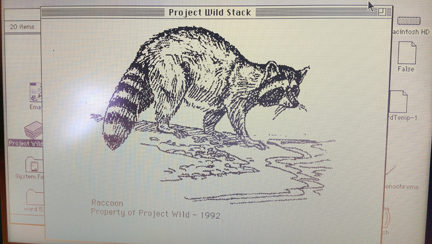It is the end of the K-12 school year and many educators and tech support staff are highlighting student work using social media. I think this is a good thing. It provides students an authentic audience, informs parents of student activities and provides ideas to other educators. However, I make one further observation after reviewing many such posts – few examples can be found to demonstrate how secondary students make use of technology. I have made this observation before and wonder if you have noticed the same thing.
I think I know many of the reasons for what I have just described:
a. elementary teachers have greater control and can carve out blocks of time in a day or week to devote to the type of projects you see online,
b. middle school teachers are more likely to work in cross-disciplinary teams that can be focused on projects, and
c. the use of technology on the secondary level tends to be focused on tool integration rather than self-contained projects. This focus may be important but seems less news-worthy to many who want to promote what is happening.
I also think that tech support personnel have greater difficulty addressing content expectations that exist at the secondary level and are less likely to have the background knowledge necessary to offer suggestions.
Whatever the issue – please add your own thoughts to my list – I think this is a problem. Educational technology application just seems to run our of steam.
The coding thing in its present iteration has many of the same issues. Idit Harel just generated a concern with what was described as “pop computing“. Hardly an opponent of computer science, Harel a co-author with Seymour Papert, has long championed constructionist approaches to learning but is disappointed in present coding experiences.
I now see my concern with the focus on the “hour of code” and what I observed here as sharing a common theme. Both seem to run out of gas without an obvious end game. With programming, I would begin by making certain secondary students have access to a computer science course. I would also suggest that what counts toward graduation requirements (not electives) should include computer science as an option.
Why is this an issue? In part, I blame AP, dual-enrollment, etc. courses. If this is about reducing the cost of a college education by taking supposed college level courses on the cheap, I think this is misguided. Take a high-school level computer science course, master a foreign language, improve your writing skills, take an industrial arts class. Enter college with a greater breadth of knowledge and greater depth of knowledge and skills in important areas.
14 total views





You must be logged in to post a comment.